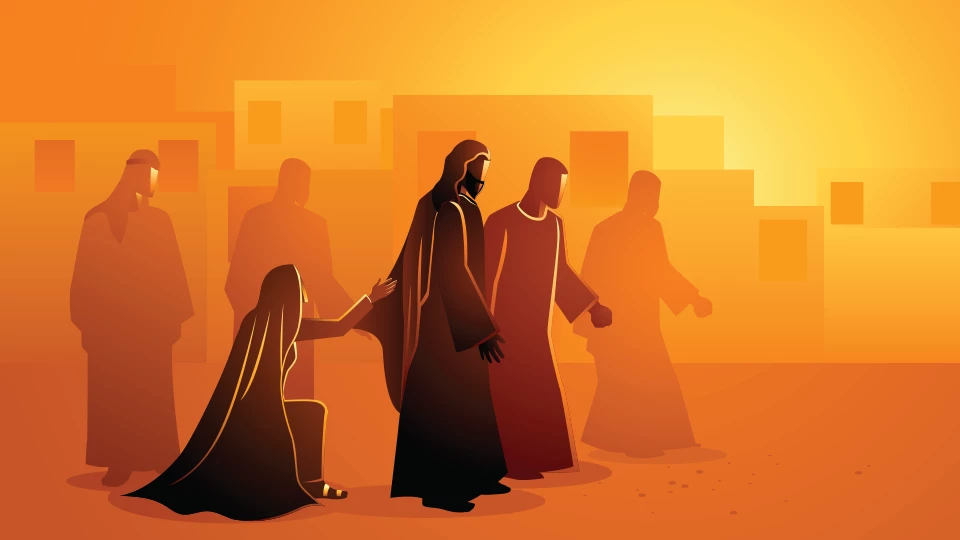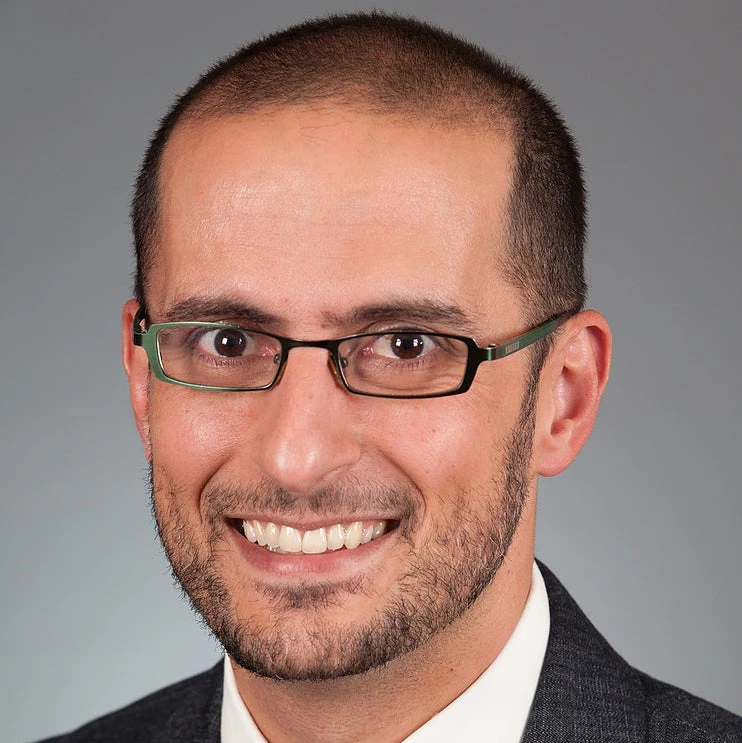
Two thousand years ago, the story goes, an itinerant carpenter-prophet in Palestine met a woman who had suffered with a bleeding condition for twelve years. She had gone to see this man because she had already “suffered a great deal under the care of many doctors and had spent all she had.”[i]
She had spent all she had.
Today, we’ve given that a name: “Catastrophic expenditure for health.”
And that concept—financial catastrophe in health care—feels quite new. It wasn’t until 2009 that the US had an estimate for the proportion of bankruptcies that could be attributed to medical costs.[ii] Globally, a suite of studies done by the World Bank in the early 2000s gave us the first estimates of the effect of healthcare on a patient’s financial well-being. The World Bank started tracking and reporting financial catastrophe in 2017.
It feels new. But it isn’t. Patients have always faced a tradeoff, even in antiquity: seek care and put their financial well-being at risk, or prioritize solvency at the risk of health.
In 2015, the UN formally recognized this tradeoff. The international body now tracks progress toward universal health coverage—Sustainable Development Goal (SDG) 3.8—through two indicators: coverage of essential health services, and catastrophic spending on health. The World Bank and World Health Organization (WHO) collaboratively generate estimates for these indicators.
The World Bank’s World Development Indicators (WDI) database publishes further information—for surgical patients specifically—also with two indicators: the risk of catastrophic expenditure due to accessing surgical care, and the risk of impoverishing expenditure due to accessing surgical care.[iii] I and my team at the Harvard Medical School generated these data initially and continue to update them biennially.
It’s worth a small discussion of what these indicators are, what they measure, how the world has been doing, and what—if any—effect the COVID-19 pandemic has had.
Let’s start with some definitions: Xu’s seminal 2007 paper,[iv] which estimated that 150 million people experience catastrophic expenditure annually from the costs of medical care, defined an expense as catastrophic if it was more than 40% of an individual’s “capacity to pay.” Capacity was, in turn, defined as what income the individual had left over after they had paid for food.
A great definition, but it suffers from a high data requirement: not only must analysts have access to a patient’s medical costs and income (or a proxy of it), but they must also know how much a patient has already spent on food.
Simpler metrics have been proposed. The World Bank and the WHO, which serve as the custodian agencies for SDG 3.8—now consider an expense catastrophic simply if it is more than 10% of a patient’s overall income.
Impoverishing expenditure—an expense that drops an individual’s income below the international poverty line of $1.90 PPP per day—is also reported by the World Bank and WHO, although it is not in the UN SDG database.
Next, what do these indicators measure?
Slightly different things: The surgical expenditure indicators published in the World Bank’s WDI database measure the risk of catastrophic expense, while UN SDG indicator 3.8.2 reports its incidence.
The difference between the two is important. To be counted as an incident case of catastrophic expense, a patient must access care in the first place. And the most commonly cited barrier to accessing care is cost, leading to some endogeneity.[v]
On the other hand, while a risk does not suffer from this endogeneity—even someone who never gets to the hospital because it’s too expensive is still at risk of financial catastrophe—it is a more theoretical number. Nearly a quarter of the world would face catastrophic expense if they needed surgery today (a risk measure), but only 81 million people actually do face it annually (an incidence measure).[vi]
With that backdrop, how is the world doing?
Broadly, better. The global risk of catastrophic expenditure due to surgery has dropped from 50% in 2003 to 21% in 2020.
However, as with any aggregate, this average belies vast inequities. In high-income countries, for example, the risk of financial catastrophe has never been high. Since estimation started, it has never breached 3%.
In Sub-Saharan Africa, however, the story is different. The risk of catastrophic expense has decreased since its high of 56% in 2008—but only barely. As of 2020, 48% of people in the region would be driven into financial catastrophe if they needed surgery.
Finally, COVID: It is too early, as yet, to assess the affect the COVID-19 pandemic will have had on these measures. Driving the risk estimates for surgery are the cost of care, the proportion of that cost borne out of pocket, mean income in a country and its Gini index. Countries have seen a growing backlog of surgical cases, as hospitals have had to turn their attention to the pandemic. Although this may imply a worsening surgical inequity—one that preferences people who can pay out of pocket for surgeries that others could not afford—the data to show this are not available yet.
A lot has changed in public health since that carpenter met the woman with the bleeding diathesis. Plagues have come and gone (and come again). Viruses have been eradicated. Pump handles have been removed. The world is generally healthier.
One thing, though, hasn’t changed. Healthcare still drives people into poverty. Which begs the question: are you truly healthier if you’ve had to spend all your money to get there? Is the world better off if one in every two surgical patients in Sub-Saharan Africa would face financial catastrophe?
It’s not enough just to measure these things. It’s time now to progress beyond systems and structures that haven’t changed since antiquity, and to ensure that nobody has to sell their farm to buy their health.
[i] Mark 5:26 (NIV)
[ii] Himmelstein DU, Thorne D, Warren E, Woolhandler S. Medical bankruptcy in the United States, 2007: results of a national study. Am J Med. 2009 Aug;122(8):741-6. doi: 10.1016/j.amjmed.2009.04.012. Epub 2009 Jun 6. PMID: 19501347.
[iii] Shrime MG, Dare AJ, Alkire BC, O'Neill K, Meara JG. Catastrophic expenditure to pay for surgery worldwide: a modelling study. Lancet Glob Health. 2015 Apr 27;3 Suppl 2(0 2):S38-44. doi: 10.1016/S2214-109X(15)70085-9. PMID: 25926319; PMCID: PMC4428601.
[iv] Xu K, Evans DB, Carrin G, Aguilar-Rivera AM, Musgrove P, Evans T. Protecting households from catastrophic health spending. Health Aff (Millwood). 2007 Jul-Aug;26(4):972-83. doi: 10.1377/hlthaff.26.4.972. PMID: 17630440.
[v] Lin BM, White M, Glover A, Wamah GP, Trotti DL, Randall K, Alkire BC, Cheney ML, Parker G, Shrime MG. Barriers to Surgical Care and Health Outcomes: A Prospective Study on the Relation Between Wealth, Sex, and Postoperative Complications in the Republic of Congo. World J Surg. 2017 Jan;41(1):14-23. doi: 10.1007/s00268-016-3676-x. PMID: 27473131.
[vi] Shrime MG, Dare AJ, Alkire BC, O'Neill K, Meara JG. Catastrophic expenditure to pay for surgery worldwide: a modelling study. Lancet Glob Health. 2015 Apr 27;3 Suppl 2(0 2):S38-44. doi: 10.1016/S2214-109X(15)70085-9. PMID: 25926319; PMCID: PMC4428601.


Join the Conversation